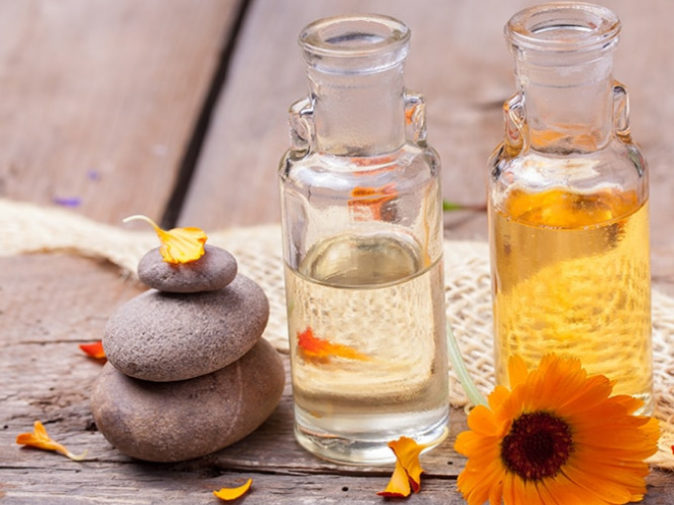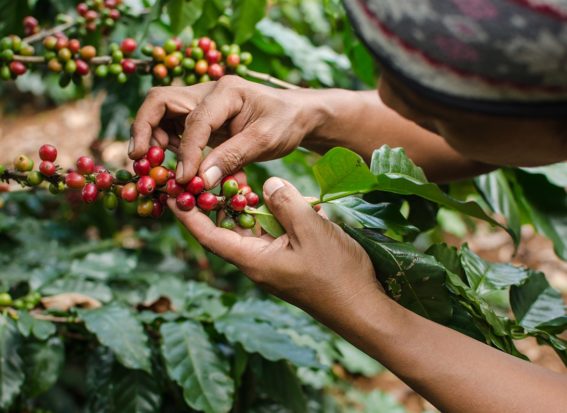Extraction
Extraction is the most commonly used technique. The flavouring substances of a plant are removed during extraction using a solvent. For this, the corresponding plant parts (blossoms, leaves, but also the roots) are generally placed in a solvent and later removed after a sufficient amount of time.
In principle, this process is comparable to how a herbal liquor is made where herbs, which are soaked in brandy, release their flavour. After a certain period of time, the solid components are filtered back out while the flavourings are bound in the liquid and preserved.
In many cases, the plant parts can also be boiled to extract the substances even faster. This is comparable to preparing coffee or tea: Brewing them in hot water removes the flavouring substances from the coffee powder or tea leaves. In the end, the resulting beverage with its intense flavour is the extract.

